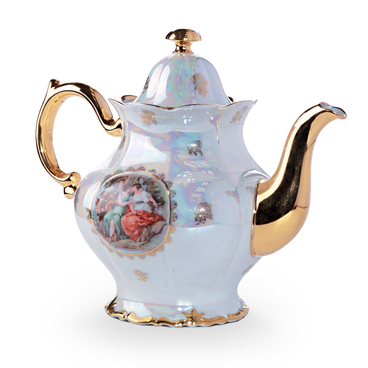Grooved tiles, also known as Tatar tiles, were traditionally used in the south of Russia. In the first half of the 19th century, many buildings in Taganrog had roofs with Tatar tiles. However, such roofing materials have been preserved on very few buildings in the city.
During the second half of the 19th century, other types of tiles appeared in the Russian Empire. Flat Marseille tiles with a unique blocking system became immensely popular. They got their name from the city of Marseille, where they were invented. These tiles revolutionized the manufacturing process and roofing technology.
Marseille tiles had blocking grooves that allowed them to be laid in one layer and be fastened together tightly. Thanks to the longitudinal recess in the middle, the tiles were less prone to deformation during the drying process and were much more durable.
Such tiles were brought to the Taganrog port from Western Europe. However, later, tiles were also produced locally using imported equipment. Local tiles were slightly inferior to imported ones due to the quality of raw materials.
At the turn of the 20th century, several Taganrog manufacturers produced Marseille roof tiles. The most well known were the ceramic tiles produced by Yakov Ivanovich Steiger and Mikhail Ivanovich Skaramanga, as well as concrete roofing materials produced at small factories owned by Iosta and Kirichenko.
The displayed tile belongs to the Marseille type. During production, it was stamped with a manufacturer’s brand for quality assurance and advertisement purposes. Sometimes, decorative patterns or distinctive marks were also placed on tiles.
The stamp on this tile indicates that it was produced by the tile factory of the Podkovyrov brothers in the village of Kuteynikovo (the Donetsk District of the Don Host Oblast). The products of the Podkovyro factory were well-known both in the south of the Russian Empire and beyond.

